Acceleration Strategies for 2-Level Topology Optimization
Please login to view abstract download link
As a result of the interest in using topology optimization techniques to obtain high resolution solutions, various multi-scale and/or multi-level topology optimization methodologies have been developed. In particular, within our group, we have developed the 2-Level topology optimization methodology [1]. The 2-Level TO first solves a TO problem with a coarse discretization that provides a low-resolution density distribution in the component to be optimized. Then, a post-processing provides balanced tractions on the boundaries of the elements of this discretization, which we will call cells. Finally, considering a fine discretization in each of these cells, the equilibrated tractions and the relative density obtained in the first step, a cell level TO process is run to redistribute the original density and, thus, to provide a high-resolution solution. Thanks to the use of balanced tractions, the process tends to provide geometric continuity between cells, despite the fact that the TO of this last step is carried out independently in each of the cells. This 2-Level TO allows obtaining very high-resolution solutions with standard computational resources. However, the high number of cells to be optimized can make the computation time excessive, especially for 3D cases. Thus, the objective of this work is to analyze and compare various acceleration strategies for the TO of the lower-level cells, paying special attention to their feasibility for use in 3D cases. [1] Merli, R., Martínez-Martínez, A., Ródenas, J. J., Bosch-Galera, M., & Nadal, E. (2023). Two-Level High-Resolution Structural Topology Optimization with Equilibrated Cells. Coputer-Aided Design. https://doi.org/10.1016/j.cad.2024.103811.

